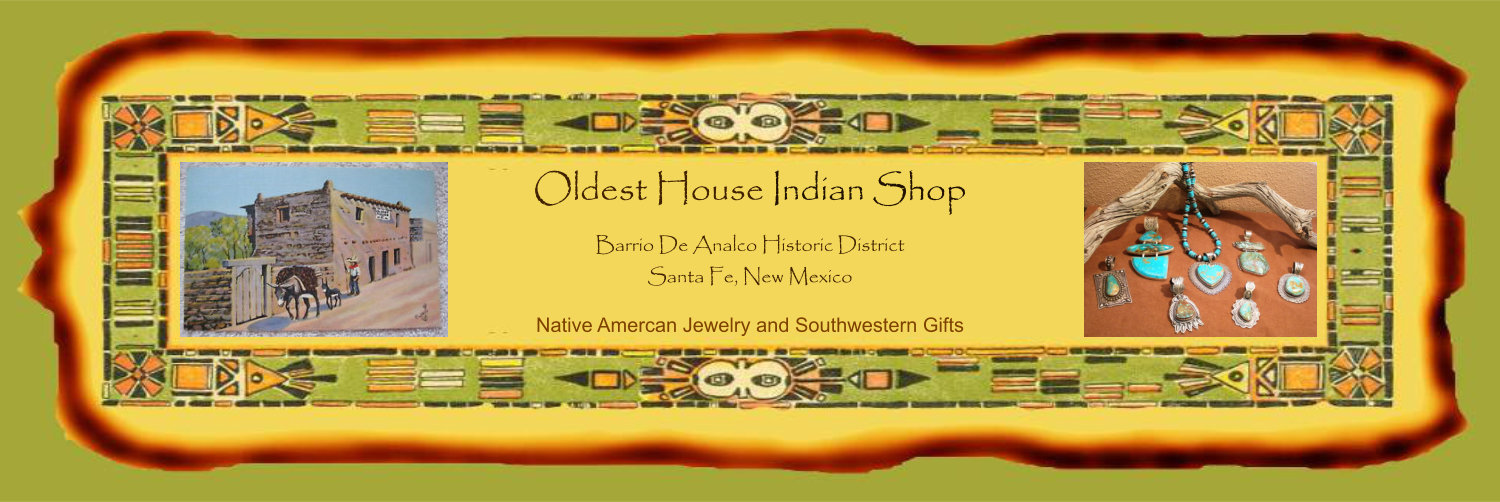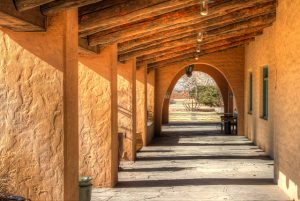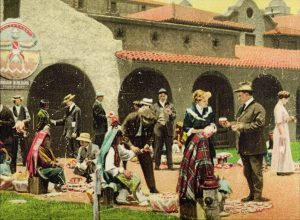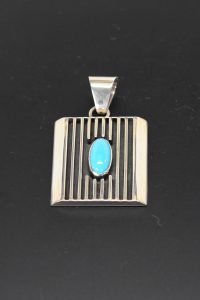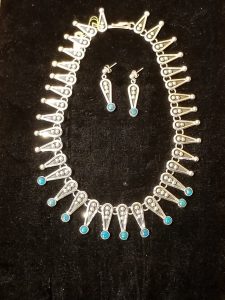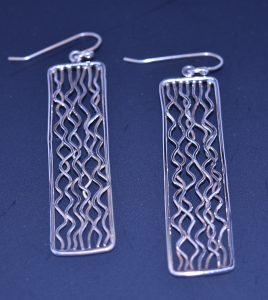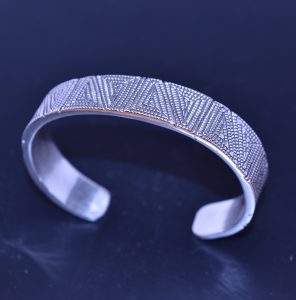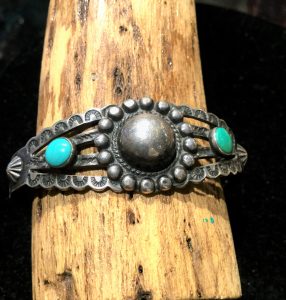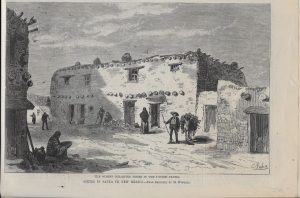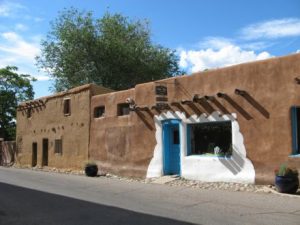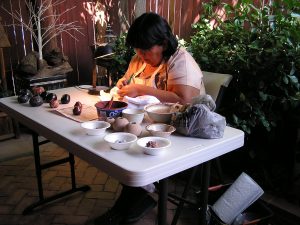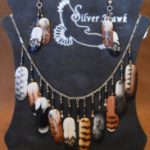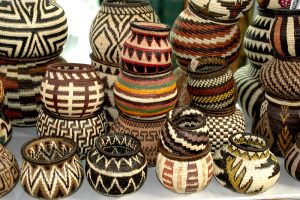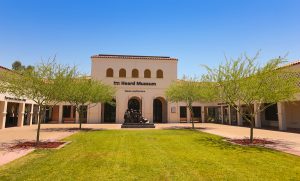
Fully dedicated to American Indian art and artifacts, the Heard Museum in Phoenix presents the history, life, arts and culture of American Indian people from a first-person perspective. Visitors gain a deep understanding of the the art collections and of Native history through the museum’s work to share the stories of the artists and tribal communities it features.
“Video and gallery interactive programs are all part of ways that we bring Native voices to our visitors,” Ann Marshall, Ph.D., director of curation and education at Heard Museum, told the National Endowment for the Arts in a 2016 interview. “Every year, our festivals bring hundreds of artists to the museum. Whether it is our Mercado de las Artes in the fall, the World Champion Hoop Dance Competition in February, the Indian Fair and Market in March, free First Fridays, or Free Summer Sundays, visitors have great chances to talk with artists and learn first-hand about their art.” The museum’s events draw more than 40,000 visitors annually.
Recognized internationally for the quality of its traditional and contemporary art collections and known for its unrivaled collection of Hopi Katsinas (also known as Kachinas), the Heard has grown since its creation by Dwight and Maie Heard in 1929 to feature world-class exhibitions, educational programs and vibrant festivals. Growing from the couple’s exemplary personal collection of primarily American Indian artifacts and art, the museum’s collection spans more than 1,700 years of Native heritage —from 300 A.D. to the present – and features more than 40,000 objects including multiple generations of fine art, weavings, pottery, basketry, sculpture, Katsina dolls, and more, Marshall said.
The museum’s exhibits include the moving Boarding School Experience gallery, which draws on the first-person recollections, memorabilia, writings and art of four generations of Indian school alumni and examines the controversial federal policy of removing American Indian children from their families and sending them to remote boarding schools in order to “civilize” them into mainstream society. Also featured among the Heard’s exhibits is an accurate recreation of the art studio of Santa Clara Pueblo painter Pablita Velarde/Tse Tsan “Golden Dawn”(1918-2006). Velarde, a pioneer as a woman painter during an era and community where painting was a male art form, depicted the traditional lifeways of her community that she feared would be lost, according to the Heard Museum’s website.
The Heard Museum also is home to the Billie Jane Baguley Library and Archives. The comprehensive research facility holds resources on nearly 25,000 American Indian artists and offers extensive information about indigenous art and cultures from around the world. Oldest House Indian Shop owner Rick Smith has visited and used the library’s resources and finds them outstanding.
“Several years ago, I spent a few days in the Heard Museum’s library gathering background information regarding our artists and studying the meaning of traditional design elements,” Smith said. “That information has been so important and useful for me as I am able to share it in very enjoyable conversations with our visitors.”
The Heard also features the American Indian Veterans National Memorial. The outdoor memorial to honor American Indian veterans includes a major sculpture by noted Chiricahua Apache artist Allan Houser and two sculptures by Vietnam veteran Michael Naranjo of Santa Clara Pueblo. “On panels in the memorial, we recognize American Indians’ service to the United States from before there was a United States up to the present,” Marshall said. “We also recognize the American Indian Medal of Honor recipients that include some of the first recipients who served as scouts in the 19th century.”
The Heard Museum is located at 2301 North Central Ave., Phoenix, Ariz. It is open Monday through Saturday from 9:30 a.m. to 5 p.m. and Sunday from 11 a.m. to 5 p.m. Admission is $18 for adults, $13.50 for seniors, and $7.50 for students with a college I.D. and children age 6 -17. For children 5 and under and American Indians, admission is free. Free general admission from 6 p.m. to 10 p.m. every First Friday except March. For more information, visit www.heard.org.
Visit the Oldest House Indian shop at 215 E. De Vargas St. in Santa Fe or online at www.oldesthouseindianshop.com.
Phone: 505-988-2488
Join us on Facebook and Twitter
